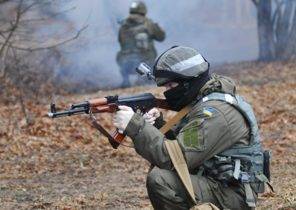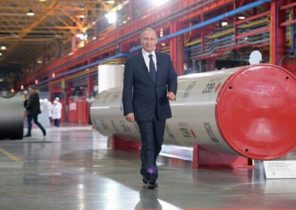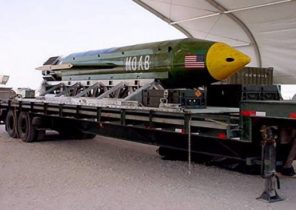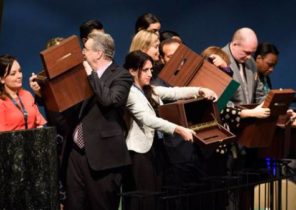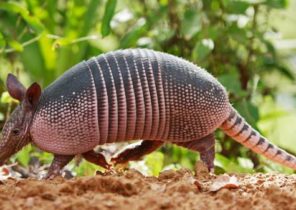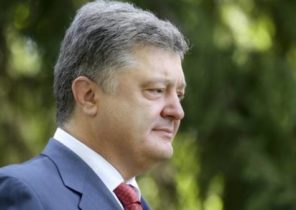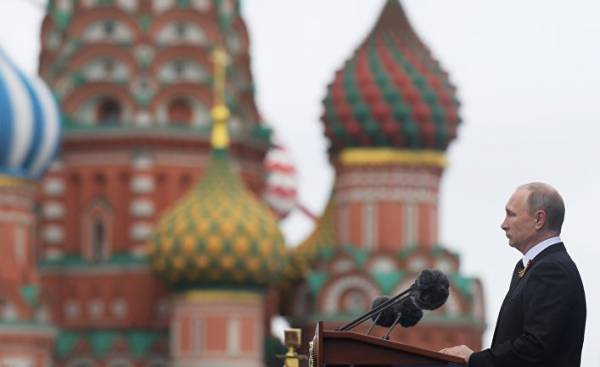
On may 9 Russia presented a rather restrained version of the annual military parade in honor of Victory Day, President Vladimir Putin called for international cooperation to combat terrorism in the absence of foreign leaders.
Over 17 years tenure as head of the Russian Federation, Putin has gradually turned Victory Day into the most important holiday of the year, linking his presidency with national unity, sacrifice people, and centralized control of the country, necessary for the victory over Nazi Germany.
“The lessons of the last war require us to be vigilant and the Russian Armed forces are ready to counter any potential aggression,” declared Putin after 10 thousand soldiers and 114 pieces of equipment (the official) rumbled through red square.
Despite Putin’s call to cooperate, the parade reminded how isolated Russia has become, especially in light of tense relations with the West on a range of issues, including the crisis in Ukraine and accusations of meddling in the election process.
On the podium with Russian officials and veterans of the war were only one foreign leader, Igor Dodon, the newly-elected Pro-Russian President of Moldova. For comparison, in previous years, the parade was attended by the leaders of China, Germany, USA, etc.
The parade marked the 72nd anniversary of the defeat of the Nazis in the Second world war, during which the Soviet Union lost over 20 million people, and Putin used the occasion to call for effective fight against “terrorism, extremism, neo-Nazism and other threats.”
For comparison, in previous years, the parade was attended by the leaders of China, Germany, USA
Recalling the constant danger of terrorism for Russia, the Russian defense Ministry on Tuesday issued a statement denying that the members of ISIS (banned organization in Russia — approx. ed.) was executed one of the Russian military personnel in Syria. According to the statement, all Russian military in Syria are “alive and well” in the ranks.
In recent times, military parades on Victory Day in major cities of the Russian Federation accompanied by marches of ordinary citizens, carrying photos of relatives who fought in the war. Hundreds of thousands, if not millions, pay tribute to “the Immortal regiment”.
In the Russian state media widely reported that at the memorial events in Kiev and at least in one Ukrainian city were clashes between celebrating the holiday and the local nationalists, hostile to Russia.
During his speech, Ukrainian President Petro Poroshenko announced that 2017 may be the last, when Ukraine celebrates the Victory Day together with Russia. Next year’s festival plan to move on 8 may, as in most European countries.
The fact that Moscow celebrates Victory Day a day later than the rest of Europe, shows the tension at the end of the war, which never disappeared; many in Russia believe that the sacrifices made by the country for the sake of victory over the Nazis, which is not appreciated by the rest of the world.
“It was not, and there never will be a force that could defeat our people”, — Putin said at the parade.
Weather on the day of the parade in Moscow became the most tangible reason for cautious mood. Low swirling grey clouds and from time to time showers forced to cancel usually carefully planned aviation parade, which shows everything from the latest fighter jets to the old clumsy strategic bombers.
Although the air force and was absent, on red square were presented such “hits” as tanks and missile systems “YARS” and “Iskander” capable of carrying a nuclear warhead long-range.
In 2012, Putin promised in the next 10 years to spend about $ 400 billion for the modernization of the Armed forces. Economic problems associated with the collapse of oil prices and economic sanctions imposed after the Ukraine crisis, to moderate his appetite, but investment in the defence industry remain strong.
This year, for example, at the parade for the first time were shown anti-aircraft missiles intended for deployment in the Arctic and painted in white camouflage color, which emphasized the increased presence of the Russian army in the oil-rich Northern regions.
Russian state television also showed the parades that took place all over the country. And in order to remind about the presence of Russian armed forces abroad, also marched units on the base Hamim in Syria — the largest and most modern base outside of Russia since the collapse of the Soviet Union in 1991.
